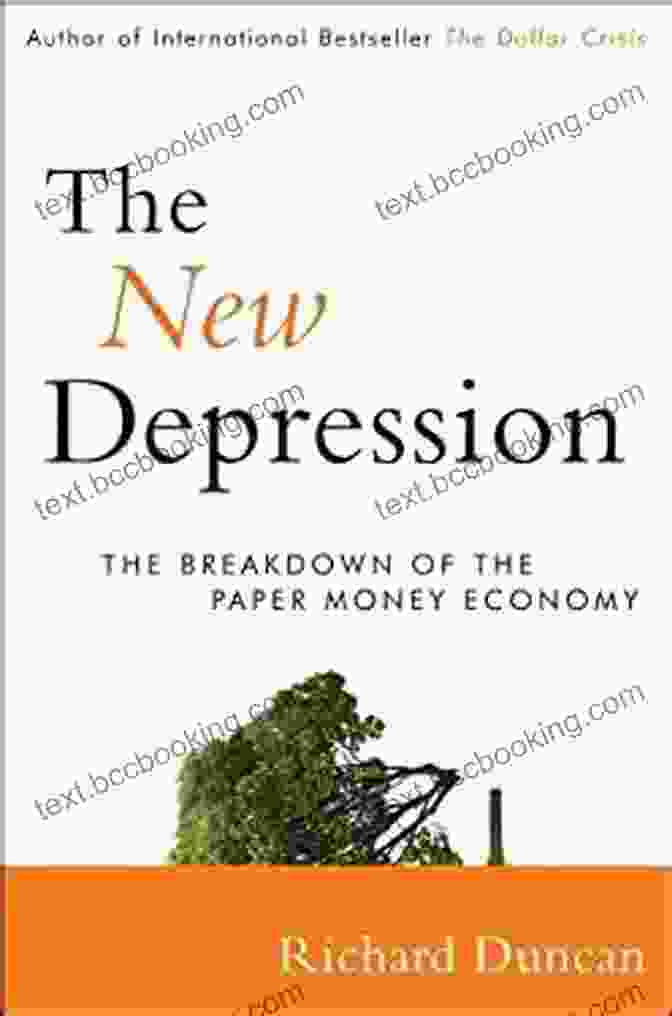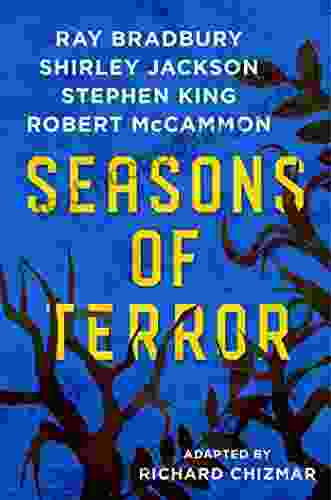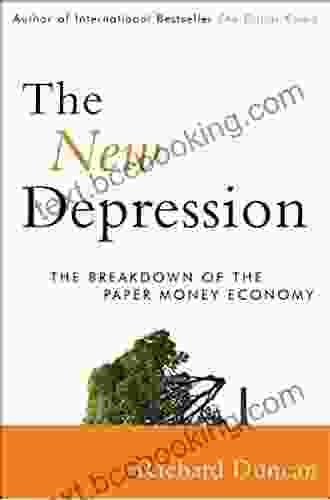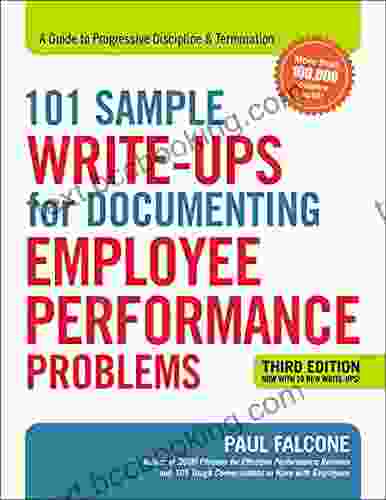Unveiling the Cracks in Paper Money: The Breakdown of the Paper Money Economy

: The Allure and Downfall of Paper Currency
Throughout history, paper money has held a captivating allure. Its convenience, portability, and ease of use have made it the dominant form of currency in modern economies. However, beneath this facade of stability lies a hidden truth - paper money is inherently fragile and susceptible to collapse. The recent economic turmoil has laid bare the deep flaws within our paper money system, prompting us to question its longevity and explore alternative monetary models. This article delves into the intricate workings of the paper money economy, examining its strengths, weaknesses, and the potential consequences of its inevitable breakdown.

4.5 out of 5
| Language | : | English |
| File size | : | 5525 KB |
| Text-to-Speech | : | Enabled |
| Screen Reader | : | Supported |
| Enhanced typesetting | : | Enabled |
| Word Wise | : | Enabled |
| Print length | : | 194 pages |
| Lending | : | Enabled |
The Rise and Fall of Paper Money
The concept of paper money originated in ancient China, where merchants began issuing promissory notes as a convenient method of payment. These notes eventually gained widespread acceptance, paving the way for the development of modern paper currencies. However, it was not until the 20th century that paper money became the dominant form of currency, replacing gold and silver as the primary means of exchange.
The rise of paper money was fueled by its numerous advantages. It is lightweight, portable, and easy to store and transport. It also facilitates long-distance transactions and enables governments to regulate the money supply. However, these advantages come at a cost. Paper money is not backed by a tangible asset like gold or silver, making it vulnerable to inflation and devaluation.
The downfall of paper money begins when governments print excess money to finance spending or bail out failing banks. This excessive money creation leads to inflation, eroding the purchasing power of paper money. As inflation spirals out of control, people lose trust in the currency, leading to a collapse in its value.
The Intrinsic Flaws of Paper Money
The fundamental flaw of paper money lies in its lack of intrinsic value. Unlike gold or silver, which have inherent utility as commodities, paper money is merely a piece of paper with no intrinsic worth. Its value is solely derived from the trust and confidence of the public.
This lack of intrinsic value makes paper money susceptible to manipulation and counterfeiting. Governments can easily print more money to finance their spending, leading to inflation and devaluation. Counterfeiters can also create fake banknotes, further eroding the trust in the currency.
Another major flaw of paper money is its vulnerability to technological disruptions. The advent of digital currencies and blockchain technology poses a significant threat to the dominance of paper money. Digital currencies offer greater convenience, security, and transparency, while blockchain technology provides a decentralized and tamper-proof system for recording transactions.
The Economic Fallout of a Paper Money Collapse
The consequences of a paper money collapse can be devastating. As the value of paper money plummets, people will lose their savings and purchasing power. Businesses will struggle to operate, leading to widespread layoffs and unemployment. The entire economy can grind to a halt, creating a vicious cycle of poverty and despair.
In addition, a paper money collapse can lead to social unrest and political instability. As people lose faith in the government and the economy, they may resort to violence and other forms of protest. Entire societies can be destabilized, leading to chaos and conflict.
Alternative Monetary Models: Exploring the Future of Money
Recognizing the inherent flaws of paper money, economists and financial experts have proposed alternative monetary models that aim to create a more stable and sustainable monetary system. These models include:
- Gold Standard: A monetary system where the value of paper money is backed by physical gold. This limits the government's ability to print excess money, preventing inflation and devaluation.
- Cryptocurrencies: Digital currencies that use blockchain technology to create a decentralized and secure payment system. Cryptocurrencies have the potential to replace paper money as a more efficient, transparent, and inflation-resistant form of currency.
- Commodity-Backed Currencies: Currencies that are backed by a basket of commodities, such as oil, gold, or silver. This provides stability to the currency and protects it from inflation.
: Embracing the Inevitable and Shaping the Future
The breakdown of the paper money economy is an inevitable consequence of its inherent flaws. By understanding the weaknesses of paper money, we can prepare for the transition to alternative monetary models that offer greater stability and resilience.
The future of money lies in embracing new technologies and exploring innovative approaches. Gold, cryptocurrencies, and commodity-backed currencies all have the potential to provide a more secure and sustainable alternative to paper money. By staying informed and actively participating in the shaping of the monetary landscape, we can ensure a prosperous and equitable future for generations to come.
4.5 out of 5
| Language | : | English |
| File size | : | 5525 KB |
| Text-to-Speech | : | Enabled |
| Screen Reader | : | Supported |
| Enhanced typesetting | : | Enabled |
| Word Wise | : | Enabled |
| Print length | : | 194 pages |
| Lending | : | Enabled |
Do you want to contribute by writing guest posts on this blog?
Please contact us and send us a resume of previous articles that you have written.
 Book
Book Novel
Novel Page
Page Chapter
Chapter Text
Text Story
Story Genre
Genre Reader
Reader Library
Library Paperback
Paperback E-book
E-book Magazine
Magazine Newspaper
Newspaper Paragraph
Paragraph Sentence
Sentence Bookmark
Bookmark Shelf
Shelf Glossary
Glossary Bibliography
Bibliography Foreword
Foreword Preface
Preface Synopsis
Synopsis Annotation
Annotation Footnote
Footnote Manuscript
Manuscript Scroll
Scroll Codex
Codex Tome
Tome Bestseller
Bestseller Classics
Classics Library card
Library card Narrative
Narrative Biography
Biography Autobiography
Autobiography Memoir
Memoir Reference
Reference Encyclopedia
Encyclopedia Marten Sethaven
Marten Sethaven Mary Cholmondeley
Mary Cholmondeley Mark James Russell
Mark James Russell Tami Lehman Wilzig
Tami Lehman Wilzig Sabina Khan
Sabina Khan Sui Ishida
Sui Ishida Vicki Beeby
Vicki Beeby W David Pierce
W David Pierce Steve Mcmenamin
Steve Mcmenamin Zogarth
Zogarth Rosa Blasi
Rosa Blasi Roger J Davies
Roger J Davies Matthew Hongoltz Hetling
Matthew Hongoltz Hetling Mark Mcconville
Mark Mcconville Martina Lauchengco
Martina Lauchengco Peter Cunliffe Jones
Peter Cunliffe Jones Miles Mckenna
Miles Mckenna Will Dodson
Will Dodson Na Si
Na Si Steven Heller
Steven Heller
Light bulbAdvertise smarter! Our strategic ad space ensures maximum exposure. Reserve your spot today!

 Octavio PazDiscover the Enduring Power of Home Birth: Unveiling the Stories of Strength...
Octavio PazDiscover the Enduring Power of Home Birth: Unveiling the Stories of Strength... Terry PratchettFollow ·13.9k
Terry PratchettFollow ·13.9k Oliver FosterFollow ·5.1k
Oliver FosterFollow ·5.1k Dominic SimmonsFollow ·17.7k
Dominic SimmonsFollow ·17.7k Floyd PowellFollow ·17.2k
Floyd PowellFollow ·17.2k Craig BlairFollow ·17k
Craig BlairFollow ·17k Bill GrantFollow ·16.6k
Bill GrantFollow ·16.6k Salman RushdieFollow ·6.8k
Salman RushdieFollow ·6.8k Warren BellFollow ·18k
Warren BellFollow ·18k

 Larry Reed
Larry ReedGwendy's Final Task: A Thrilling Conclusion to a Timeless...
Prepare to be...

 Victor Turner
Victor TurnerHow FDR Defied Polio to Win the Presidency
Franklin D. Roosevelt is...

 Edwin Cox
Edwin CoxWinner RGS BBC Journey of a Lifetime Award: An Inspiring...
In the heart of the world's...

 Griffin Mitchell
Griffin MitchellEverything You Need to Know, You Learned From Mister...
Mister Rogers' Neighborhood was a beloved...

 Beau Carter
Beau CarterSeasons of Terror: A Spine-Tingling Odyssey into the...
In the realm of horror...
4.5 out of 5
| Language | : | English |
| File size | : | 5525 KB |
| Text-to-Speech | : | Enabled |
| Screen Reader | : | Supported |
| Enhanced typesetting | : | Enabled |
| Word Wise | : | Enabled |
| Print length | : | 194 pages |
| Lending | : | Enabled |












